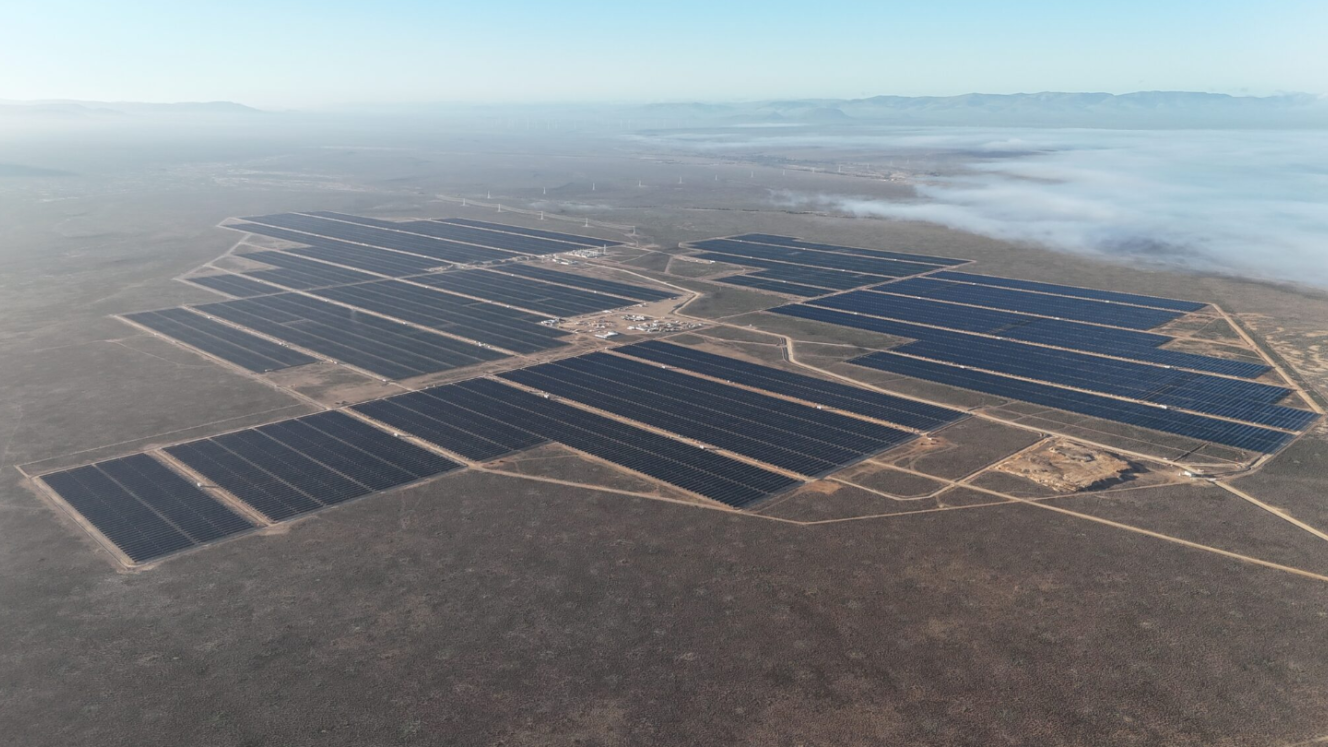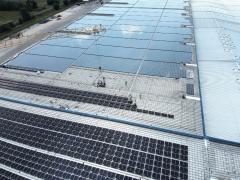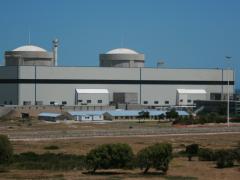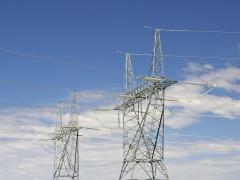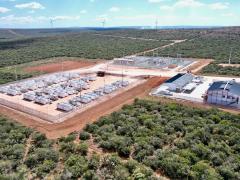Regulatory enforcement, grid access limitations and localisation policy uncertainty remain key barriers to solar PV expansion. This was highlighted at the South African Photovoltaic Industry Association (SAPVIA) AGM on July 3.
“The current form of the Interim Grid Capacity Allocation Rules (IGCAR) has resulted in projects being successfully onboarded to the grid under this regime,” said Zayd Vawda, Chairperson of SAPVIA’s Grid Access Working Group. The IGCAR, introduced in 2023 to manage grid congestion through project readiness criteria, were revised following engagement with SAPVIA. One of the proposed requirements – a full year of on-site irradiance data – was removed after industry objections that it would delay project development and lacked technical justification.
SAPVIA confirmed that it continues to engage on the Gated Capacity Allocation Rules, which will succeed the interim framework.
The AGM also spotlighted broader systemic challenges, including delays in implementing regulatory directives and lack of coordination across agencies. SAPVIA CEO Rethabile Melamu said the association is working closely with the Presidency’s Energy Action Plan team and Operation Vulindlela to escalate priority issues. These include standardising municipal permitting processes and addressing project delays linked to grid connection authorisations.
Members reported that, while project pipelines are growing, realisation rates are being hampered by inconsistent enforcement of national norms and standards. Developers are increasingly caught between shifting local content requirements and slow responsiveness from authorities responsible for approvals.
“We welcome the steps taken by the Presidency to prioritise energy reform,” Melamu said. “But regulatory predictability and grid certainty are essential to turn pipeline projects into delivered capacity.”
Grid access was flagged as a central constraint not only for utility-scale solar but also for commercial and industrial rooftop PV. Vawda noted that, while reforms are underway, the allocation process still lacks transparency in some areas and Eskom’s grid information tools remain difficult for smaller developers to navigate.
Localisation also remains a contentious topic. While members reiterated support for long-term industrialisation goals, SAPVIA warned that rushed or unclear localisation targets risk undermining investment. Melamu said clarity on timelines, transitional arrangements and verified supplier databases is essential for compliance and planning.
As part of its strategy for the year ahead, SAPVIA announced it would focus on accelerating technical working group outputs, strengthening industry advocacy and supporting members in adapting to the evolving policy environment. The association also confirmed that it has finalised a submission to the Department of Trade, Industry and Competition regarding the updated Renewable Energy Masterplan.

